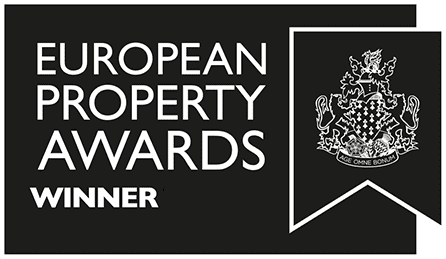Getting a property mortgage in Austria
Numerous individuals looking to invest in Austrian real estate often seek partial financing through an Austrian mortgage.
What mortgage suits you best?
Determining the most suitable mortgage for your needs involves considering various factors. Commencing with a thorough analysis of your personal and financial details is crucial for evaluating eligibility and affordability.
While many focus solely on mortgage pricing, it’s essential to remember that additional factors warrant attention. Some banks may mandate life insurance, potentially increasing mortgage costs and necessitating inconvenient medical assessments, particularly for non-residents, making alternative options more favorable.
Other lenders might offer competitive rates but impose borrowing limits, or they may not provide fixed-rate products. A key, often overlooked aspect is how banks assess affordability. Different banks may prioritize certain income streams over others or exclude sources like rental income. In essence, specific profiles may align better with certain banks when seeking formal mortgage approval.
The pivotal consideration is ensuring meticulous examination of your data and obtaining a variety of options for a potentially suitable proposal.
Mortgage Options
Repayment Mortgage:
Commonly structured over a 30-year term, covering interest and a portion of the outstanding capital, ensuring complete repayment by the term’s end.
Fixed Rate Repayment Mortgage:
Allows clients to choose a 3-20 year fixed-rate product, transitioning to variable rates thereafter.
Loan-to-Value Mortgage:
Typically up to 70% for non-residents, necessitating around 30% of the purchase price, plus taxes and fees.
Mortgage Conditions:
– Purpose: Purchase, construction, and equity release.
– Amount: Up to 80%, subject to eligibility.
– Term: Up to 30 years
– Competitive spreads: Starting at 1.25% for a limited period.
– Conditions apply: Standard margins between 1.25% and 2.50% (depending on LTV and loan amount).
Consider leveraging equity in your property for the initial deposit, preserving cash reserves, and capitalizing on recent gains in your home property values.



